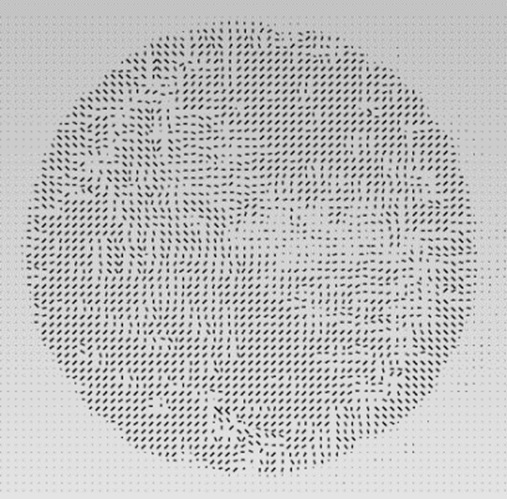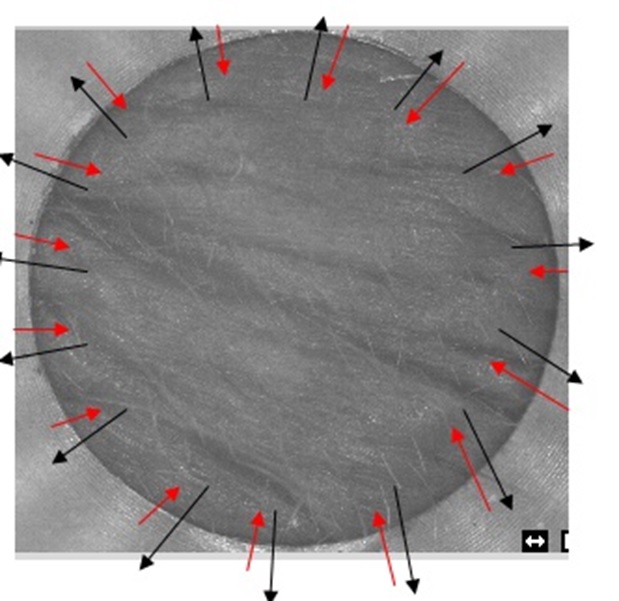Description
CutiScan CS 100
Interesting Method to Measure Viscoelasticity & Anistropy
Measurement of skin displacement during circular suction/relaxation by video (optical flow). The CutiScan offers a new dimension of looking at the mechanical properties of the skin (viscoelasticity & anisotropy).
Advantages of the CutiScan
- Completely new & promising approach
- Information not only about the elastic and viscoelastic properties but also on anisotropy and directionality of the skin.
- For each measurement a complete video is available.
- From that video a graph consisting of 360 elasticity curves is calculated and all curves can be saved in Excel®.
- Overall measurement graphs are available: overall maximum and minimum amplitude and overall visco-elasticity and can also be transferred in Excel® by one mouse click.




















